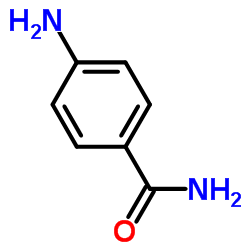Interferon-gamma inhibits insulin release and induces cell death in the pancreatic beta-cell line INS-1 independently of nitric oxide production.
R Laffranchi, G A Spinas
Index: Exp. Cell Res. 237(1) , 217-22, (1997)
Full Text: HTML
Abstract
Interferon-gamma is among the cytokines which have been implicated as effector molecules of beta-cell destruction in autoimmune diabetes. Its mechanism of action is, however, largely unknown. In the present study rat pancreatic beta-cells, INS-1, were incubated with rat interferon-gamma (rIRN-gamma) for 24 h. rIFN-gamma at 1-1000 U/ml caused a dose-dependent inhibition of insulin release and cell metabolism with maximal inhibition being observed at 100 U/ml (insulin release: 51.2%, cell metabolism: 43.3% of control, respectively). In addition, 100 U/ml rIFN-gamma induced a 4- and 8.3-fold increase in apoptotic cell death after 24 and 48 h of incubation, respectively. These effects were not mediated by nitric oxide (NO), since IFN-gamma failed to induce nitric oxide synthase and NO production. Similarly, beta-cell dysfunction and death were not prevented by coincubation of the INS-1 cells with the poly(ADP-ribose) polymerase inhibitors benzamide, 3-aminobenzamide, and 4-aminobenzamide, the oxygen free radical scavenger Trolox, and the antioxidant N-acetylcysteine, indicating that NO, poly(ADP-ribose) polymerase, and oxygen free radicals are not involved in IFN-gamma induced beta-cell dysfunction and death.
Related Compounds
| Structure | Name/CAS No. | Molecular Formula | Articles |
|---|---|---|---|
 |
4-Aminobenzamide
CAS:2835-68-9 |
C7H8N2O |
|
Cell death protection by 3-aminobenzamide and other poly(ADP...
1994-03-15 [Biochem. Biophys. Res. Commun. 199(2) , 525-30, (1994)] |
|
Effect of inhibitors of poly(ADP-ribose)polymerase on the ra...
1989-08-01 [Radiat. Res. 119(2) , 380-6, (1989)] |
|
The development of a semi-preparatory scale supercritical-fl...
2000-07-05 [J. Biochem. Biophys. Methods 43(1-3) , 87-111, (2000)] |
|
Effect of inhibitors of poly(ADP-ribose) polymerase on the h...
1988-12-01 [Radiat. Res. 116(3) , 406-15, (1988)] |
|
Inhibitors of poly(ADP-ribose) synthesis enhance X-ray killi...
1984-03-01 [Radiat. Res. 97(3) , 546-55, (1984)] |